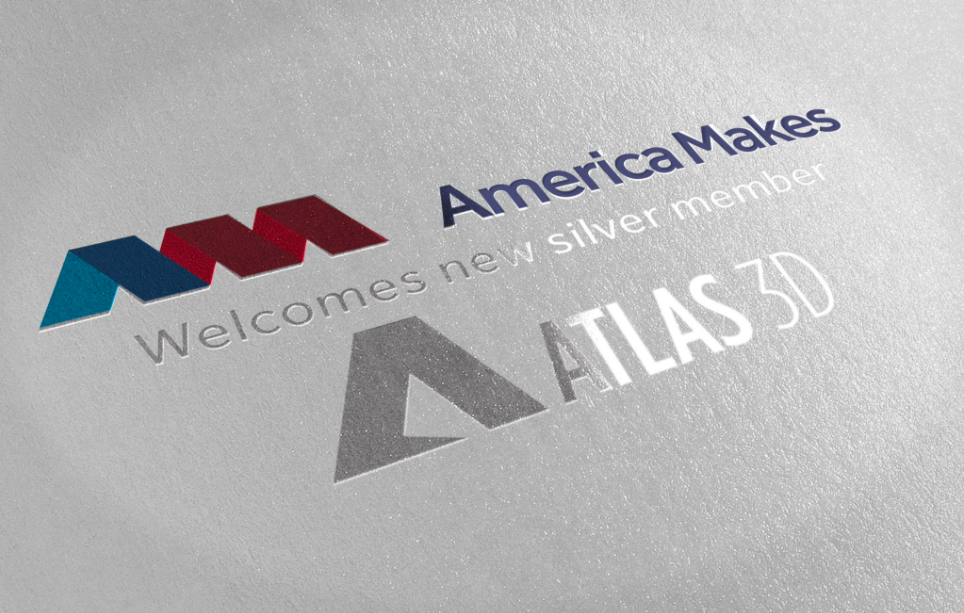Atlas 3D, the publisher of cloud-based additive manufacturing tools has released its Sunata print preparation software for Direct Metal Laser Sintering (DMLS) 3D printing. The Sunata software computationally calculates the best orientation and the necessary support structures for metal 3D printing.
Using patent-pending Thermal Circuit Network (TCN) technology, Sunata aims to save users both money and time by improving the simulation process to optimize the additive manufacturing process.
“Design engineering for additive manufacturing is a bunch of trial and error processes by design engineers,” explained CEO Chad Barden. “Atlas 3D is trying to make that “black art” much more science and much less art. We’ve enabled computers to calculate what the best orientation for a part on a build plate is.”

A software with origins in design engineering education
Atlas 3D, based in Plymouth, Indiana, began as a joint project in 2015 between the Indiana Technology and Manufacturing Company (ITAMCO), Notre Dame University, Johnson & Johnson, and the University of Pittsburgh.
The Project, entitled “Parametric Design of Functional Support Structures for Metal Alloy Feedstocks,” aimed to create a training software for the next generation of additive manufacturing experts.
After $2.75 million of investment from US national advanced manufacturing network America Makes as part of its funding program, and two years of development, the software was tested in Indiana high schools.
The students first orient a part on a build plate themselves, after which Atlas 3D calculates the actual optimum orientation (for minimal orientation for minimal thermal distortion), allowing an instructor to explain the reason for the orientation.
Following initial success, the next step was to create professional print preparation software that balanced minimal distortion and reduced print times and. Together with the technology group at ITAMCO, Atlas 3D created Sunata.

Sunata, the “easy button” for Metal Additive Manufacturing
Sunata users directly import their designs as .stl files directly into the cloud-based program (hosted by Amazon Web Services) and automatically receive the optimal orientation and associated support structures.
Using the TCN software, Sunata scientifically parses the print design into thermally similar layers and then larger thermally similar segments using a thermal modeling algorithm. After running the design through 100 different orientations, Sunata suggests optimum orientation and support structure.
Sunata gives users the ability to scale their requirements from minimal distortion with longer print times, to marginal distortion with shorter print times. The total print time and amount of sintered material required is also provided.
Sunata currently works with Aluminum (AlSi10Mg), Stainless Steel (SS-316L), Stainless Steel (SS-174), Titanium (Ti 6Al-4V) and recently added QuesTek’s new Ferrium C64 metal powder. ITAMCO is currently using these powders and Sunata to 3D print end-use components on an EOS M 290 3D printer.
This is the final day to make nominations for the 3D Printing Industry Awards 2018. Submit yours now.
Could your design be this year’s design trophy? Protolabs is sponsoring the 2018 3D Printing Industry Awards design competition. Submit your design now to win a 3D printer.
For more stories on 3D printing and print preparation, subscribe to our free 3D Printing Industry newsletter, follow us on Twitter, and like us on Facebook.
Featured image shows an Atlas 3D software test by a Plymouth High School student to 3D print a metal part. Photo via Atlas 3D.


